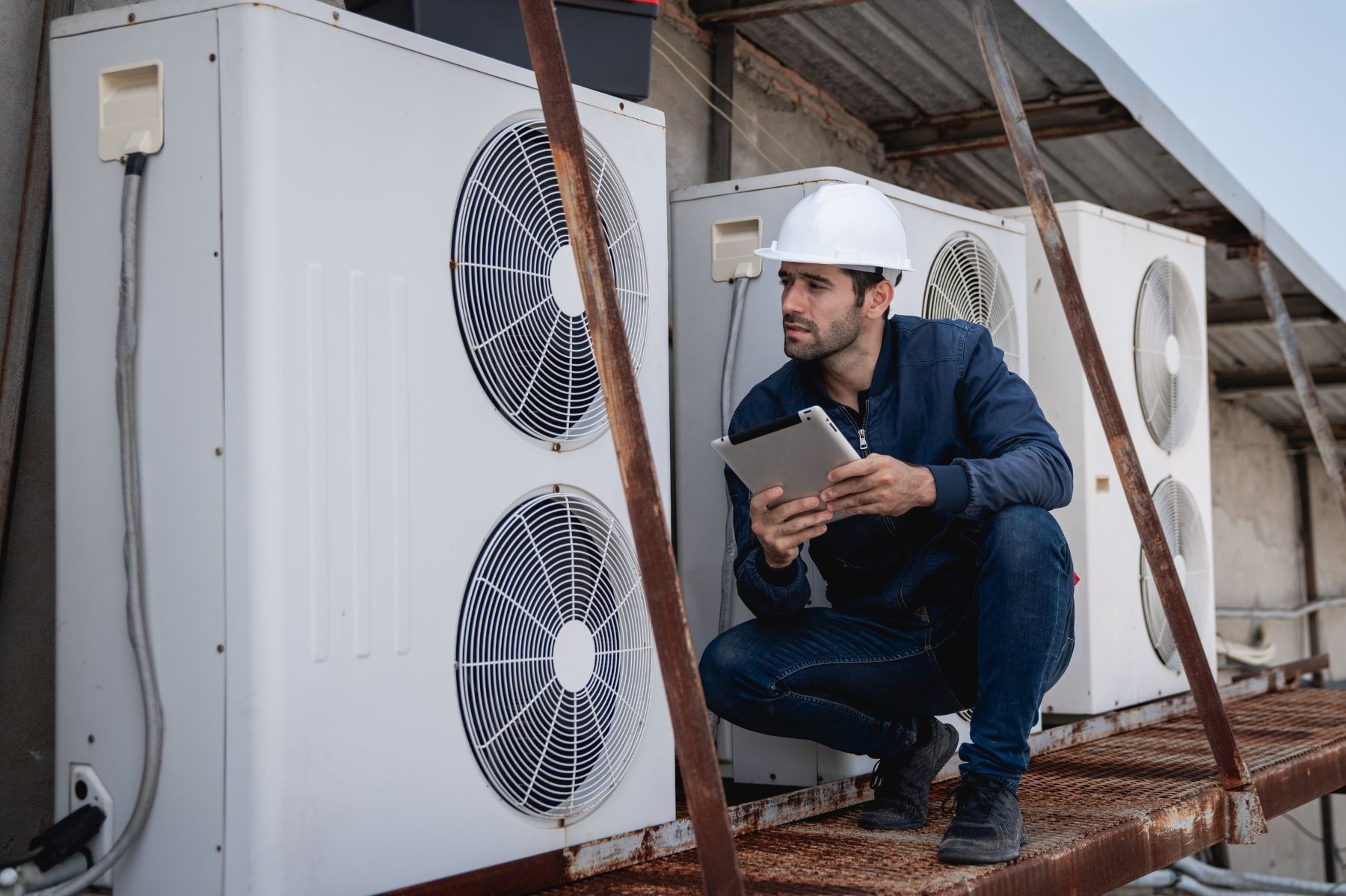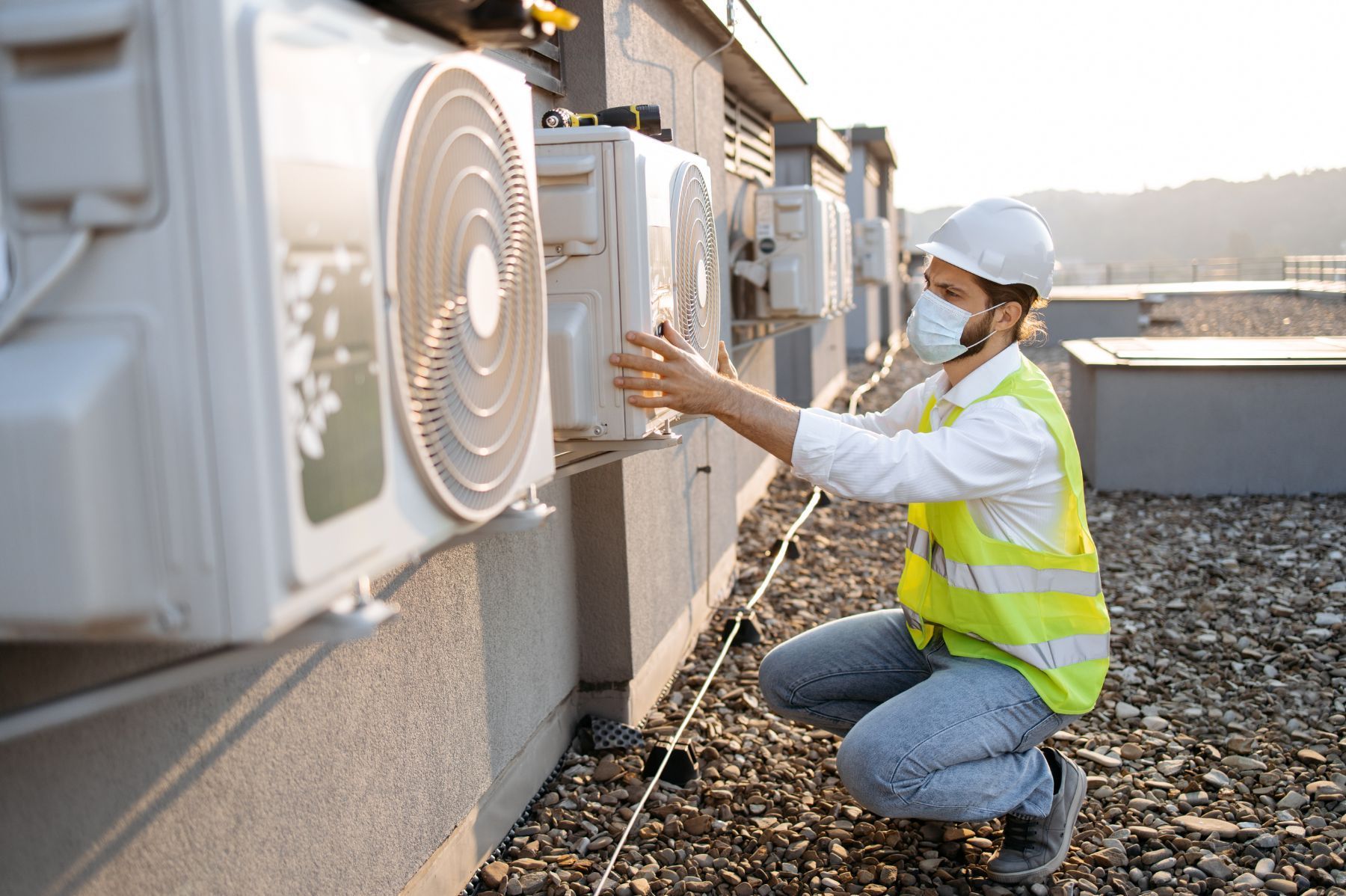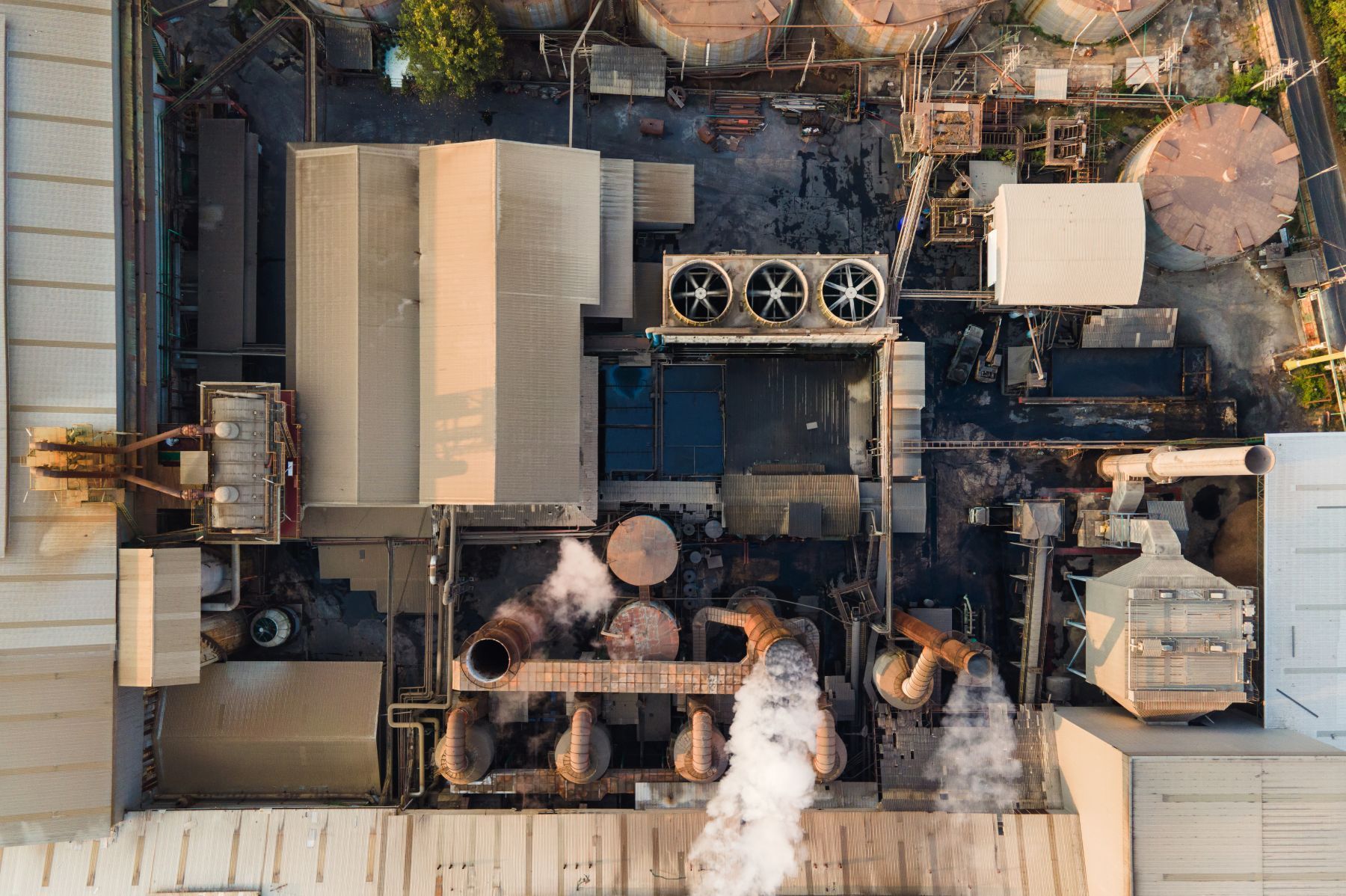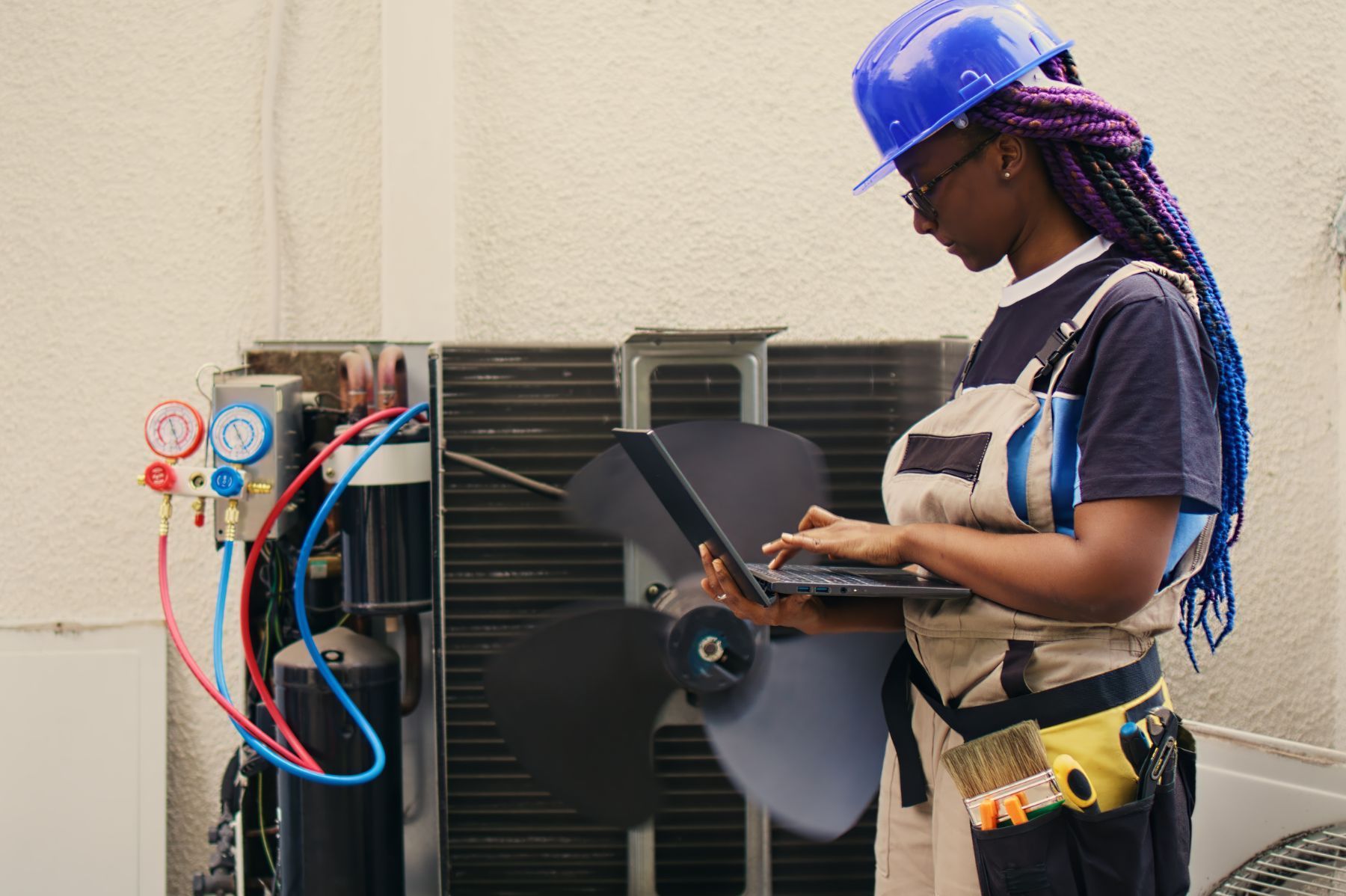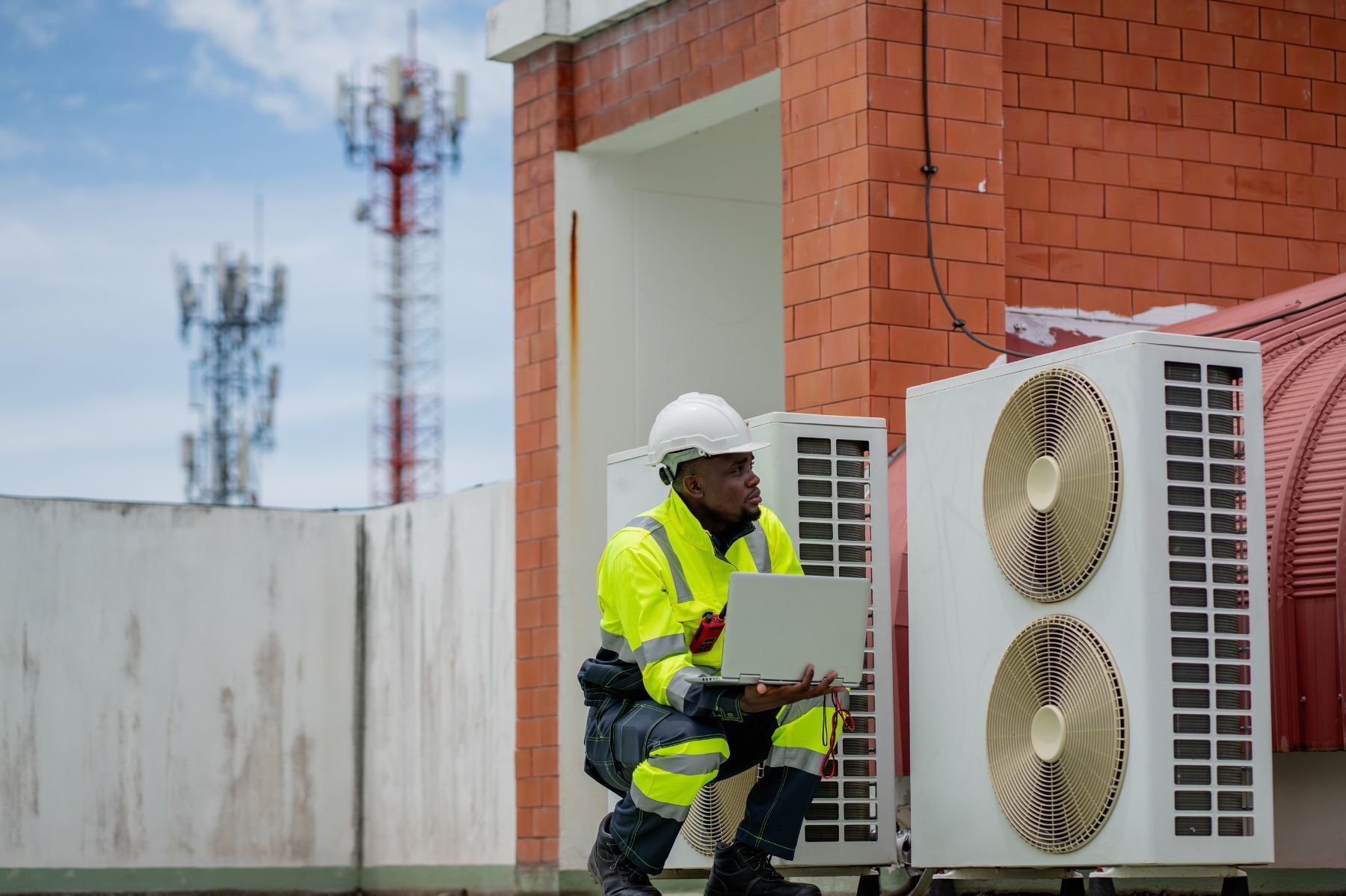What Every HVAC Business Owner Gets Wrong About Insurance Costs
See How We're Different
or call us: (469) 678-8001

For many HVAC business owners, insurance is a necessary but often misunderstood expense. While it’s easy to view insurance as just another monthly bill, the reality is that the right coverage—and understanding its true cost—can make or break a business. Unfortunately, misconceptions about insurance costs and coverage are widespread in the HVAC industry, leading to either underinsurance or paying more than necessary.
In this article, we’ll explore some of the most common misunderstandings HVAC contractors have about insurance costs, backed by the latest industry data. Understanding these nuances will help business owners make smarter decisions, protect their investments, and avoid costly surprises down the road. For example, did you know that HVAC contractors typically pay around $68 per month for insurance coverage, but the average cost of a business owner’s policy (BOP) can be much higher? This distinction is crucial for budgeting and risk management (Simply Business).
Misconception #1: Insurance Costs Are One-Size-Fits-All
One of the biggest mistakes HVAC business owners make is assuming that insurance costs are uniform across the board. In reality, insurance premiums vary widely based on coverage type, business size, location, and risk exposure. For instance, the average monthly premium for general HVAC contractor insurance is about $68, but when you factor in a comprehensive business owner’s policy (BOP), the cost jumps to approximately $124 per month (TechInsurance).
This difference arises because a BOP bundles multiple coverages such as general liability, property insurance, and business interruption insurance, offering broader protection. Smaller HVAC businesses or sole proprietors might opt for simpler policies, but as companies grow, their insurance needs—and costs—grow as well.
Moreover, factors like the number of employees directly influence premiums. For example, commercial general liability insurance averages around $72 per employee annually, so a larger workforce means higher costs (WifiTalents).
Additionally, the geographical location of an HVAC business plays a critical role in determining insurance rates. Businesses operating in high-risk areas, such as regions prone to natural disasters or high crime rates, often face steeper premiums. Insurers assess local risks and adjust their rates accordingly, which can significantly affect the overall insurance budget for HVAC contractors. Furthermore, the type of services offered can also impact costs; for instance, companies specializing in high-end installations may require more extensive coverage due to the higher value of the equipment and materials involved.
Another important aspect to consider is the claims history of the business. A company with a history of frequent claims may find itself facing higher premiums as insurers view it as a higher risk. Conversely, businesses that maintain a clean claims record can often negotiate better rates or receive discounts. This highlights the importance of risk management practices within the HVAC industry, as investing in safety training and proper equipment can lead to long-term savings on insurance costs.
Misconception #2: Cyber Liability Insurance Isn’t Necessary for HVAC Businesses
Many HVAC contractors overlook cyber liability insurance, thinking their business isn’t a target for cyberattacks. However, with increasing digitalization—from customer databases to billing systems—HVAC businesses are vulnerable to data breaches. The average cost of a data breach in 2023 was a staggering $4.45 million, which has led to rising cyber insurance claims and premiums (ZipDo Education Reports).
For small businesses, cyber liability insurance premiums averaged around $1,500 in 2023, a cost that may seem high but pales in comparison to potential breach expenses (WifiTalents).
Ignoring cyber risks can lead to devastating financial and reputational damage. HVAC contractors should assess their digital vulnerabilities and consider cyber insurance as a vital part of their risk management strategy.
Moreover, the nature of HVAC services often requires contractors to handle sensitive customer information, such as addresses, payment details, and service history. This data, if compromised, not only jeopardizes customer trust but can also lead to identity theft and fraud. As the industry continues to evolve with smart technology integration, the potential attack surface expands, making it even more crucial for HVAC businesses to implement robust cybersecurity measures alongside their insurance policies.
Additionally, many HVAC contractors may not realize that cyber liability insurance can cover more than just data breaches. Policies often include coverage for business interruption due to cyber incidents, legal fees associated with data breaches, and even costs related to public relations efforts to repair a damaged reputation. By investing in comprehensive cyber liability insurance, HVAC businesses can not only protect themselves financially but also position themselves as trustworthy service providers in an increasingly digital marketplace.
Misconception #3: Deductibles Are Always Low and Manageable
Another common misunderstanding is underestimating the impact of deductibles on insurance costs. Deductibles are the amounts a business owner pays out-of-pocket before insurance coverage kicks in. While many expect deductibles to be relatively low, the average retention for commercial insurance policies increased to $50,000 in 2023 (WifiTalents).
This rise means HVAC businesses need to be prepared to cover significant expenses upfront in the event of a claim. Higher deductibles often come with lower premiums, but businesses must carefully weigh this trade-off. Choosing a deductible that’s too high can strain cash flow during a loss, while a low deductible may increase monthly insurance expenses.
Understanding how deductibles affect overall costs and financial planning is crucial for HVAC business owners aiming to maintain stability during unexpected events. Moreover, it’s important to consider the specific risks associated with the HVAC industry, such as equipment failure, liability claims, or property damage. Each of these scenarios can lead to substantial financial implications, making it essential for business owners to evaluate their risk tolerance and financial capacity before selecting a deductible. A thorough risk assessment can help identify potential vulnerabilities and inform a more strategic approach to managing insurance costs.
Additionally, HVAC businesses should stay informed about industry trends and changes in insurance regulations that may impact deductibles. As the market evolves, so too do the options available for coverage. Engaging with an insurance broker who specializes in commercial policies can provide valuable insights into finding a balance between deductible levels and premium costs. This proactive approach not only aids in making informed decisions but also ensures that HVAC businesses are adequately protected against unforeseen circumstances, allowing them to focus on growth and service delivery without the constant worry of financial setbacks.
Misconception #4: Commercial Umbrella Policies Are Unnecessary
Many HVAC contractors believe that standard liability insurance is sufficient and that commercial umbrella policies are an unnecessary luxury. However, umbrella policies provide an extra layer of liability coverage beyond the limits of primary policies, protecting businesses from catastrophic claims. This is particularly crucial in an industry where unexpected accidents can lead to significant financial repercussions, such as property damage or personal injury claims that exceed standard policy limits.
On average, commercial umbrella policies cost about $680 annually, a relatively modest price for the additional protection they offer (WifiTalents). This investment can be a game-changer for HVAC contractors, especially when considering the potential costs associated with legal fees, settlements, or judgments that could arise from a single incident. For instance, if a contractor's work inadvertently causes extensive water damage to a client's property, the resulting claim could easily surpass the limits of their general liability insurance, leaving the business vulnerable to significant out-of-pocket expenses.
Given the increasing costs of claims and litigation, having an umbrella policy can safeguard an HVAC business’s assets and future. It’s a strategic investment that many overlook until it’s too late. Moreover, as the HVAC industry continues to evolve with new technologies and services, the complexity of potential liabilities increases. For example, with the rise of smart home systems, HVAC contractors may find themselves facing new types of claims related to cybersecurity or system failures. An umbrella policy not only provides peace of mind but also ensures that businesses are equipped to handle these emerging risks without jeopardizing their financial stability.
Misconception #5: Theft and Property Claims Are Rare and Minor
Some HVAC business owners underestimate the frequency and cost of theft-related insurance claims. Unfortunately, theft remains a significant risk, especially for businesses with valuable equipment and vehicles. The average commercial property insurance claim for theft is around $3,200, which can be a substantial hit for small to medium-sized HVAC companies (WifiTalents).
Beyond the immediate financial loss, theft can disrupt operations and damage customer trust. Ensuring adequate property insurance coverage and implementing strong security measures are essential steps to mitigate this risk.
Moreover, the impact of theft extends beyond just the financial implications. When valuable tools and equipment are stolen, the resulting delay in service can lead to dissatisfied customers and lost business opportunities. HVAC companies often rely on their equipment for timely installations and repairs, and any interruption can tarnish their reputation. Additionally, the emotional toll on business owners and employees should not be overlooked; the feeling of vulnerability and violation can linger long after the incident has occurred.
To combat these risks, HVAC businesses should consider investing in comprehensive security systems, including surveillance cameras, alarm systems, and secure storage solutions for tools and vehicles. Training employees on security best practices can also play a crucial role in preventing theft. Simple measures, such as locking up equipment after hours and being vigilant about suspicious activity, can make a significant difference. By proactively addressing these concerns, HVAC business owners can protect their assets and maintain the trust of their clients, ensuring a more stable and secure operating environment.
Misconception #6: Commercial Auto Insurance Costs Are Stable
Many HVAC contractors rely heavily on vehicles for service calls and deliveries, but they often overlook how commercial auto insurance costs are evolving. In 2023, the average cost per claim for commercial auto insurance increased by 9%, reflecting rising accident and repair costs (WifiTalents).
This trend means premiums are likely to rise, especially for businesses with multiple vehicles or drivers. HVAC owners should regularly review their auto insurance policies, driver safety programs, and vehicle maintenance schedules to control costs and reduce risks.
Moreover, the impact of technology on the insurance landscape cannot be underestimated. With the rise of telematics and data analytics, insurers are increasingly able to assess risk more accurately based on real-time driving behavior. For HVAC contractors, this means that implementing safety measures, such as GPS tracking systems and driver training programs, can lead to significant discounts on premiums. By demonstrating a commitment to safety and responsible driving, contractors can not only protect their assets but also potentially lower their insurance costs over time.
Additionally, the growing trend of electric and hybrid vehicles in the commercial sector is reshaping the insurance market. As HVAC businesses consider transitioning to more eco-friendly fleets, understanding how these vehicles are rated for insurance purposes becomes crucial. Electric vehicles often come with unique considerations, including specialized repair costs and different safety ratings. HVAC contractors should stay informed about these factors and consult with their insurance providers to ensure they are adequately covered while maximizing potential savings associated with newer, greener technologies.
Conclusion: Smart Insurance Choices Protect HVAC Businesses and Budgets
Insurance is more than just a cost—it's a critical component of risk management for HVAC businesses. Misunderstandings about insurance premiums, coverage types, deductibles, and risk exposures can lead to inadequate protection or unnecessary expenses.
By recognizing that insurance costs vary based on business size and coverage, acknowledging cyber risks, preparing for higher deductibles, considering umbrella policies, and staying vigilant about theft and auto insurance trends, HVAC business owners can make informed decisions. These choices not only safeguard their operations but also optimize their insurance budgets for sustainable growth.
For HVAC contractors looking for tailored insurance solutions and accurate cost estimates, resources like
Simply Business and
TechInsurance
offer valuable insights and tools to navigate this complex landscape.

